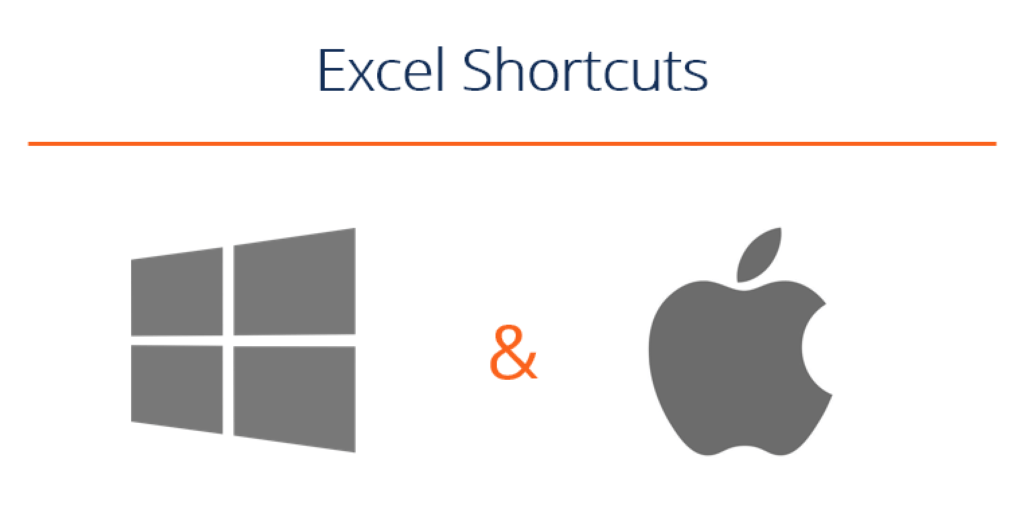


- #List of key commands for word 2010 full
- #List of key commands for word 2010 code
- #List of key commands for word 2010 mac
Write the commands and tools from the table under the correctĦ. This editing tool cancels the last command. You can insertmany special characters with this This tool checks the document or any highlighted text for spelling and grammar errors. Saves the file to another location, with another name or in a different format. Views the open document as it-will look when it is printed. Inserts a picture or image into your document. This editing command puts anything that is on the Opens a file from one of the computer's drivesįormats the paragraph settings to change the way the This tool opens a thesaurus to help you find synonymsĪnd antonyms (similar and opposite words). Shows commands and tools in words the toolbar This view command makes the open document coverĪll of the screen. This editing command deletes any highlighted text or image.įormats, or changes, the type style and size of the We say anything copied is on the clipboard. This editing command copies any highlighted text or images and keeps it in memory. Of course it's more complicated and the OS does interfere with the game buffer, but it skips a lot of unneeded processes when an application is in fullscreen.2 Which edit command removes text or images?ģ Which format command changes the letter size?Ĥ Which file command opens a file or document?ĥ Which insert command lets you put in an image?Ħ Which view command shows the document as a printed page? When running a game in fullscreen, the OS no longer sees the reason for the desktop frame buffer, skips all calculations related to that buffer, and sends the game buffer straight to the display. If you play a video game in windowed mode you have another frame buffer (or even a couple, but just leave that for now) which is copied upon the OS's buffer and finally send to the display.
#List of key commands for word 2010 mac
Windows and Mac have a frame buffer in which every pixel of you desktop is rendered and calculated. You are right that it takes less memory but your reasoning is incorrect. If you have a smaller window, the computer needs to calculate less pixels, thus providing an higher framerate.īut fullscreen handles differently. It's late and allow me to explain why fullscreen is faster than windowed.įirst misconception you have. I find the other reply you got not really helpful to your thought process.
#List of key commands for word 2010 code
I did pull these out of the code myself and it is not stolen from Turbo. In Shift+F3 (With the Pie Chart) you can press the corresponding numbers to show a break down of that section i.e " gameRenderer"ĮDIT: Turboslow's post is more complete, however I did not see it prior to posting this as it was in the comments on another thread.
#List of key commands for word 2010 full
Shift+F3 - Display Full Debug Info, including Pie-Chart break down of memory usageį5 - Third Person (On second press, Third-Person facing backwards) Shift + F3 + F - Increase Render Distanceį3 + A - "Load Renderers" - (essentially reloads all visual elements)į3 + H - Advanced Item Tooltips (Basically shows Item IDs)į3 + B - Show hitboxes - (As shown on here, will also highlight invisible players)į3 + P - Don't Pause game when Minecraft is not active windowį1 - Hide GUI - (Will also hide vignette darkening effect in dark areas, can be useful at night) I have indicated those which don't do anything visually.į3 + S - "Force Reload" - Visually, does little (lags, flickers)į3 + T - Refresh Textures - Visually, does little (lags, flickers) These are straight from the Source Code, I looked it up today.Ī few of these don't do anything interesting, or even anything visible. (#spoiler) = neat! (/rose) = ( full list) News Builds Gameplay Maps Tutorials Redstone Command Blocks FanArt Comment Formatting


 0 kommentar(er)
0 kommentar(er)
